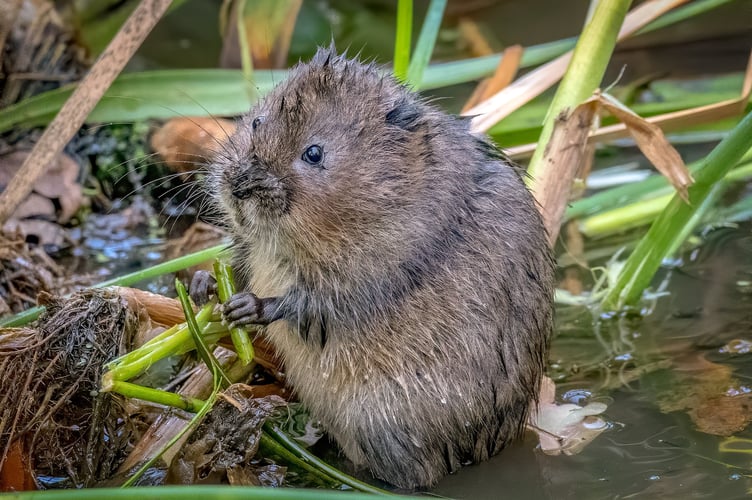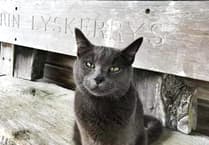A conservation organisation is hoping to step up the reintroduction of water voles around Cornwall.
In 2014 there was a small reintroduction project set up in Bude and in 2022 Kernow Conservation released 150 at Trelusback Farm, near Stithians Lake.
Kernow Conservation then introduced some more at the same site last year, but they are keen to increase their efforts around the county.
A spokesperson said: “In 2022, with funding from Mossy Earth, we released the first water voles to be seen in south Cornwall in decades at the Trelusback Foundation conservation site near Stithians Lake.
“With help from volunteers, we released around a 100 of these once-decimated animals into an area that was carefully monitored for American mink.
“After a further top-up at the same site the following year, and with funding from Rewilding Europe and our successful Save our Wild Isles Crowdfunder, we used a second release site in the upper Cober catchment to release another 100 water voles.
“But our work is far from done with water voles. Our next step is to scale up our reintroductions at more sites around Cornwall and bring more of these vital members of our ecosystem back to where they belong.”
The water vole is the largest of the UK’s voles, weighing 200-350g as an adult, making them a substantial food source for many native predators, such as barn owls, kestrels, herons and otters.
They graze on more than 227 different species, including rushes, grasses, and berries.
After consuming around 80 per cent of their body weight daily, they dig burrows into the nearby pond and river banks.
The architecture of these burrows creates a drying effect on the soil and enhances the activity and number of microbes.
Kernow Conservation added: “Without water voles, wetlands and other water-adjacent areas become less biodiverse habitats with more of the same dominating grass species.”
People can donate to the project at www.kernowconse rvation.org




